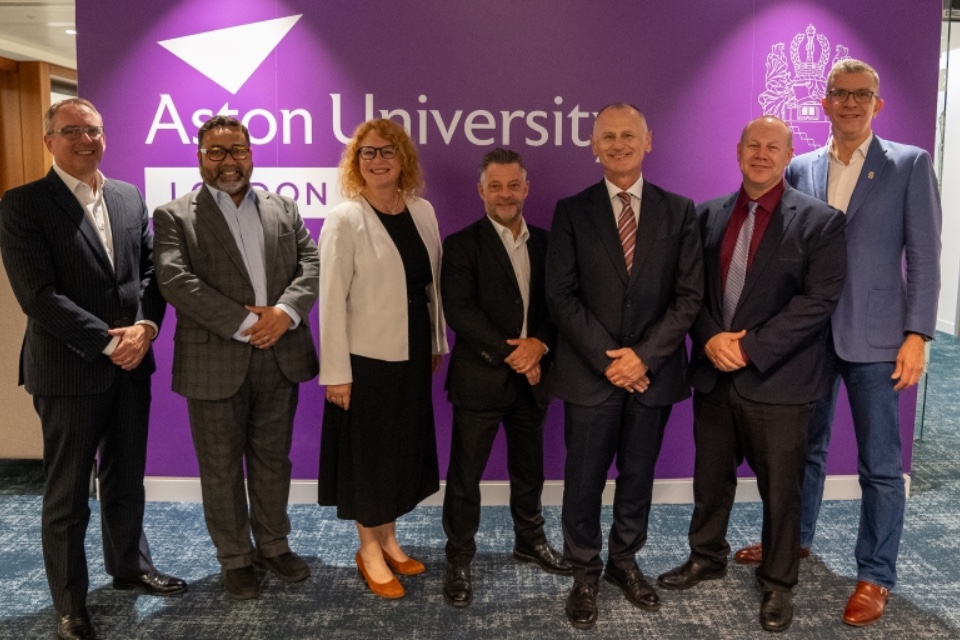By Jake Mitchell, who writes for Phytools, the North American distributor of network solutions
The convergence of Information Technology (IT) and Operational Technology (OT) has been transformative for multiple industries, enabling businesses to monitor processes in real-time, improve operational efficiency and inform thought leaders to make improved decisions.
However, this integration comes with its own set of cybersecurity challenges. As highlighted in Cisco’s 2024 State of Industrial Networking Report, the blending of these two separate entities has exposed vulnerabilities, particularly in legacy systems, which were not originally designed with modern cybersecurity threats in mind.
As industries grapple with these challenges, AI is emerging as a vital tool for improving security in the IT/OT integrated environment – and here’s why.
Addressing Vulnerabilities in Legacy Systems
Legacy systems in OT environments are often the weakest link in the cybersecurity chain. These systems, which were designed long before the current era of sophisticated cyber threats, frequently lack the security features necessary to defend against modern attacks.
According to Cisco’s research, 41% of organisations identify vulnerabilities in legacy systems as a significant concern. The challenge is exacerbated by the fact that many OT systems are mission-critical, making it difficult to take them offline for necessary updates or replacements.
AI can safeguard these legacy systems by deploying AI-driven security solutions. This lets organisations continuously monitor their OT environments for abnormal patterns or behaviours that may indicate a security breach. AI systems like Databricks can analyse vast amounts of data in real-time, detecting subtle anomalies that might go unnoticed by human operators.
In this way, AI helps mitigate the risks posed by outdated software and hardware in OT environments, offering a proactive approach to cybersecurity.
Improving Network Management and IT/OT Collaboration
Integrating IT and OT networks can cause significant challenges in terms of network management. These two domains have different priorities: while IT systems prioritise data integrity and confidentiality, OT systems focus on availability and reliability.
This divergence can create security gaps, particularly when it comes to managing access controls, monitoring network traffic, and ensuring compliance with cybersecurity standards. But AI network management tools like Cisco DNA Center can bridge this gap by providing a unified view of IT and OT environments and taking charge of your network.
These tools can automatically detect and respond to security threats across both domains, ensuring that potential risks are addressed in real time. Moreover, AI can facilitate better collaboration between IT and OT teams by providing insights into how changes in one domain may impact the other.
In addition to improving threat detection and response, AI can also assist in maintaining compliance with cybersecurity regulations by continuously monitoring network activity, which is crucial given that 89% of businesses consider cybersecurity compliance to be important.
Optimising Processes to Boost Security
One of the most significant advantages of AI in IT/OT integration is its ability to optimise processes, reducing the likelihood of human error, which is the main cause of security threats. In complex industrial environments, even minor mistakes can have cascading effects, leading to operational disruptions or exposing the network to cyber threats.
Ivanti Patch Manager or Ansible software tools can mitigate these risks by automating routine tasks, such as patch management, system updates, and security configurations, ensuring that these critical activities are performed consistently and accurately.
Additionally, AI can analyze process data to identify inefficiencies or potential security weaknesses. For instance, by monitoring data flows between IT and OT systems, AI can detect bottlenecks or unnecessary data transfers that attackers could exploit. Once identified, AI can recommend or optimise operations that are more streamlined and are more secure.
Moreover, AI-driven predictive analytics can forecast potential issues before they disrupt operations. By analysing historical data and recognising patterns, AI can predict when equipment might fail or when a cyberattack may occur.
Strategies for Effective IT/OT Team Collaboration
Effective collaboration between IT and OT teams is essential for securing integrated environments. However, these teams often operate in silos, with different priorities, languages, and workflows. This disconnect can lead to miscommunication, inconsistent security practices, and, ultimately, vulnerabilities that cybercriminals can exploit.
Yet AI can facilitate better collaboration by providing a common platform for IT and OT teams to work together. For example, IBM Watson AI offers platforms that highlight real-time insights into both IT and OT systems, highlighting areas where collaboration is needed. This can bridge the gap between these two domains, fostering a more cohesive approach to cybersecurity.
AI can also improve communications in the organisation by translating technical jargon between IT and OT teams, ensuring that both sides understand the implications of their actions on the overall system, which is particularly important when implementing security policies that affect both IT and OT environments.
AI can streamline incident response by automating threat detection, prioritization, and remediation processes, minimising the impact of security breaches and strengthening the organisation’s overall resilience.
So, is AI the Key to Overcoming IT/OT Integration Issues?
AI is a transformative tool that enables secure IT/OT integration by providing real-time insights, automating processes, and fostering collaboration between IT and OT teams.
As organisations try to overcome the complexity of converging the two entities AI’s ability to predict, detect, and respond to threats will be important in ensuring robust cybersecurity, allowing industries to fully harness the benefits of IT/OT integration without compromising security.








